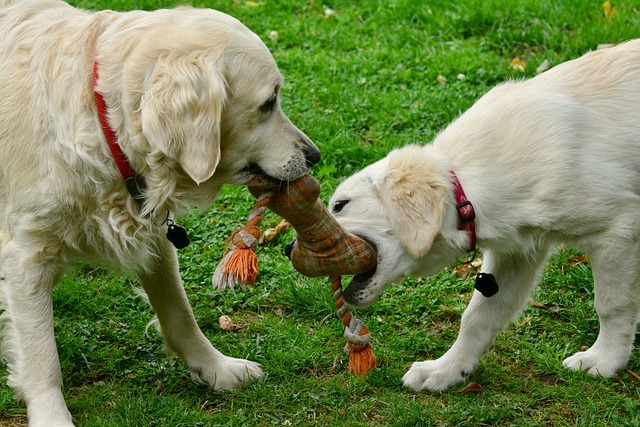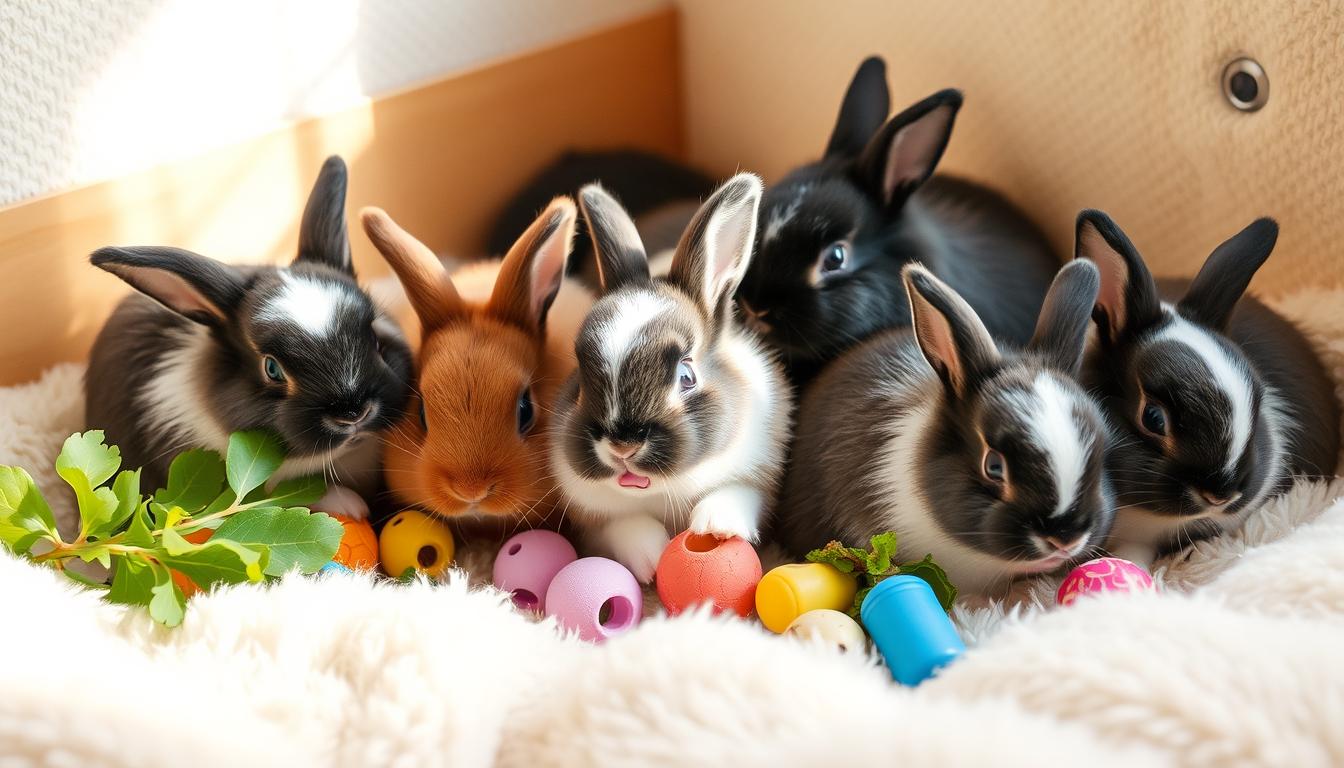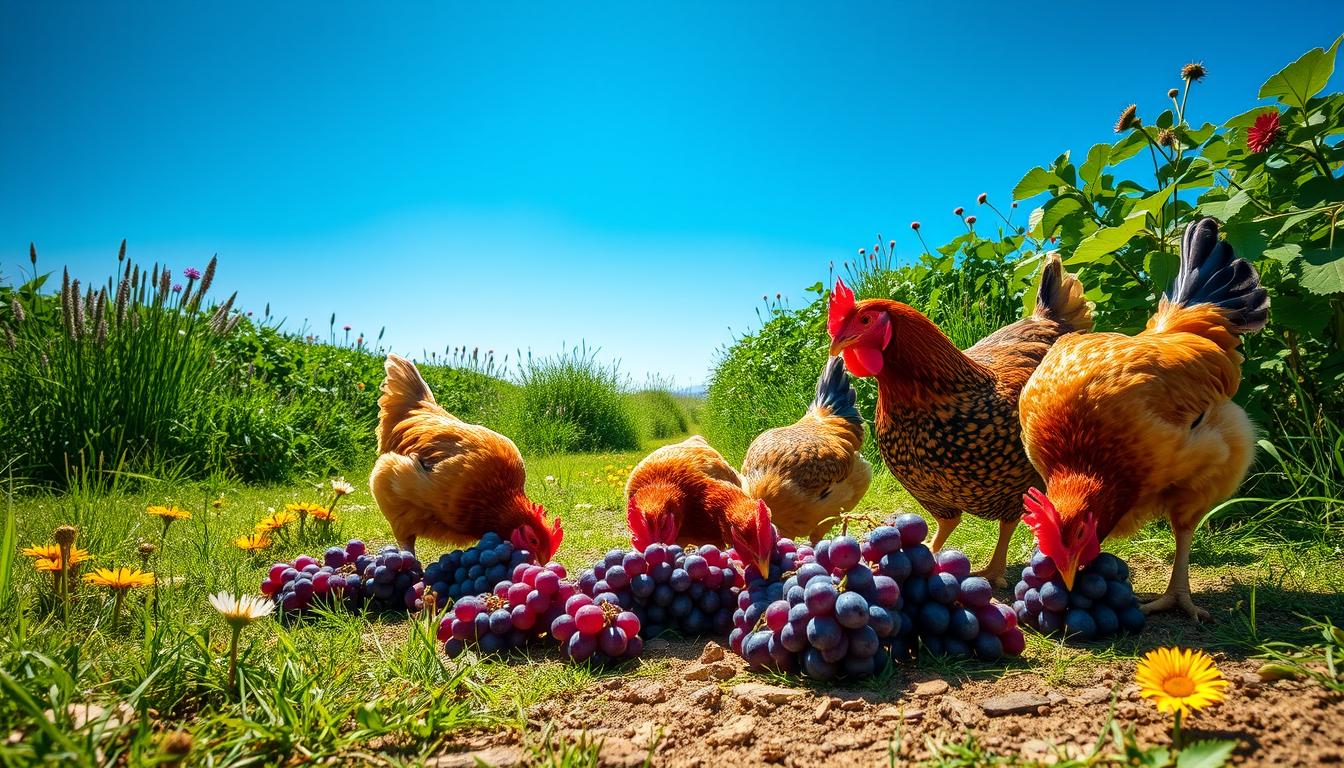The Ultimate Guide to Training Your Toy Aussie Dog

Introduction
So, you’ve welcomed a Toy Aussie dog into your home—congratulations! These tiny bundles of energy and intelligence are a joy to have around. But like any dog, they need proper training to ensure they grow up to be well-behaved members of your family. Training your Toy Aussie is crucial for their happiness and your peace of mind. Let’s dive into the ultimate guide to training your Toy Aussie dog!

Understanding the Toy Aussie Breed
History and Origins
Toy Australian Shepherds, or Toy Aussies, are a smaller version of the Australian Shepherd. They originated from the United States, bred to retain the agility and intelligence of their larger counterparts while being more suited to smaller living spaces.
Physical Characteristics
Toy Aussies typically weigh between 12 to 17 pounds and stand about 10 to 14 inches tall. They have a double coat that can be straight or wavy, and their eyes can be brown, blue, or even one of each!
Temperament and Behavior
Toy Aussies are known for their intelligence, loyalty, and energetic nature. Their willingness to learn and adapt makes them highly trainable, although their abundant energy demands ample mental and physical engagement.
Getting Started with Training
Essential Training Supplies
Before you start training, gather essential supplies like a leash, collar, clicker, treats, and a comfortable crate. These tools will help you establish a structured training environment.
Creating a Training Schedule
Consistency is key in training. Create a daily schedule that includes short, frequent training sessions. This helps your Toy Aussie retain what they learn without becoming overwhelmed.
Basic Commands
Sit
Start with the “sit” command. Begin by presenting a treat near your dog’s nose, gradually lifting your hand to guide their gaze upward and prompting them to lower their hindquarters. Once they are seated, verbalize “sit,” reward them with the treat, and offer praise for their accomplishment.
Stay
Once your dog masters “sit,” teach them “stay.” Ask them to sit, then open your palm in front of you and say “stay.” Take a few steps back.Provide a treat as a reward if they remain in place. Gradually increase the distance over time.
Come
“Come” is a vital command for your dog’s safety. Put a leash on your Toy Aussie, crouch down, and gently pull on the leash while saying “come.” When they reach you, reward them with praise and a treat.
Down
To teach “down,” hold a treat in your closed hand. Let your dog sniff it, then move your hand to the ground. As their body follows their nose, they should lie down. Once they do, say “down,” and give them the treat.
House Training
Potty Training Tips
Potty training requires patience. Take your Toy Aussie outside frequently, especially after eating, drinking, and waking up. Praise them immediately after they go outside.
Crate Training
Crate training provides a safe space for your dog and helps with house training. Make the crate comfortable with bedding and toys, and encourage your dog to spend time there by giving them treats.
Establishing a Routine
Dogs thrive on routine. Feed your Toy Aussie at the same times each day and take them outside regularly. Consistency helps them understand when and where they should go.
Socialization
Importance of Socializing Your Toy Aussie
Socialization is crucial for a well-rounded dog. Exposing your Toy Aussie to different people, animals, and environments helps prevent fear and aggression.
Socialization Techniques
Introduce your dog to new experiences gradually. Take them to dog parks, invite friends over, and let them experience different sounds and sights. Always supervise these interactions.
Introducing Your Dog to New Environments
Take your Toy Aussie on walks in various settings—parks, busy streets, and quiet neighborhoods. This helps them become adaptable and confident in different environments.
Advanced Training Techniques
Teaching Tricks
Teaching tricks is fun and mentally stimulating for your Toy Aussie. Start with simple tricks like “shake” or “roll over” and gradually move to more complex ones.
Agility Training
Toy Aussies excel in agility training due to their intelligence and agility. Set up a small agility course in your backyard or join a local agility club.
Obedience Classes
Enrolling in obedience classes can be beneficial. Professional trainers can provide guidance, and the social aspect of the class helps with your dog’s socialization.
Dealing with Common Behavioral Issues
Barking
Excessive barking can be a problem. Identify the cause—boredom, fear, or attention-seeking—and address it. Training commands like “quiet” can help.
Chewing
Chewing is natural but can be destructive. Provide plenty of chew toys and train your dog on what is acceptable to chew.
Separation Anxiety
Toy Aussies can be prone to separation anxiety.Help them adjust to solitude by progressively leaving them alone for brief periods and gradually extending the length of time.

Positive Reinforcement
Benefits of Positive Reinforcement
Positive reinforcement encourages good behavior by rewarding your dog when they do something right.Fosters a deep connection between you and your canine companion.
Types of Rewards
Use a variety of rewards—treats, praise, and playtime.Identify your dog’s greatest motivator and leverage it to encourage positive behavior.
Consistency in Training
Consistency is crucial. Ensure everyone in your household uses the same commands and rewards to avoid confusing your dog.
Training Tools and Accessories
Leashes and Collars
Choose a comfortable collar and a sturdy leash. A harness can also be beneficial, especially for small dogs like Toy Aussies.
Clickers and Treats
A clicker can be a helpful training tool, as it provides a clear signal that your dog has done something right. Always pair the click with a treat.
Training Apps and Books
Numerous tools and supports exist to aid in training efforts.
Apps can provide training tips and track progress, while books offer in-depth guidance.
Health and Nutrition
Diet and Exercise
A balanced diet is essential for your Toy Aussie’s health. Consult your vet for dietary recommendations. Regular exercise is also crucial to keep them fit and happy.
Regular Veterinary Check-Ups
Regular veterinary check-ups are essential to ensure your Toy Aussie’s health and keep vaccinations current. These visits are crucial for detecting any potential health issues early on.
Grooming Requirements
Toy Aussies boast a double coat that necessitates regular grooming. Brushing them several times a week helps prevent matting and reduces shedding effectively.
Fostering a Strong Bond
Quality Time Spent Together
Invest quality time in your Toy Aussie through activities like playtime, walks, and training sessions. These interactions strengthen your bond and provide your dog with a sense of love and security.
Understanding Your Dog’s Needs
Develop the ability to interpret your dog’s body language and comprehend their requirements. This insight enables you to offer better care and promptly address any concerns.
Cultivating Trust Through Training
Training sessions play a pivotal role in building trust between you and your dog. Positive reinforcement techniques enhance responsiveness and foster loyalty.
Common Errors to Avoid
Inconsistent Training Practices
Consistency is key in training; inconsistent approaches can confuse your Toy Aussie and hinder progress. Stick to a regular schedule using consistent commands and rewards.
Avoiding Negative Reinforcement
Avoid methods involving negative reinforcement as they can undermine your dog’s trust and confidence. Focus instead on positive reinforcement to reinforce desirable behavior.
Neglecting Socialization
Proper socialization from an early age is crucial to prevent fear and aggression in Toy Aussies. Expose them to diverse experiences to promote a well-rounded temperament.
Conclusion
Training your Toy Aussie is a fulfilling journey that strengthens your bond and ensures a well-mannered and content companion. Patience and consistency are fundamental; enjoy the process and witness your Toy Aussie thrive.
FAQs
What is the typical training duration for a Toy Aussie?
Training duration varies, but consistent effort can yield significant progress within a few months.
Can Toy Aussies be trained for therapy roles?
Yes, their intelligence and temperament make them well-suited for therapy training.
What types of toys are best for training Toy Aussies?
Interactive toys, puzzle toys, and durable chew toys are highly recommended for training and mental stimulation.
How should one handle a stubborn Toy Aussie?
Patience, positive reinforcement, and consulting a professional trainer can effectively manage stubborn behavior.
Are Toy Aussies good with children?
Yes, with proper socialization, Toy Aussies generally get along well with children.



